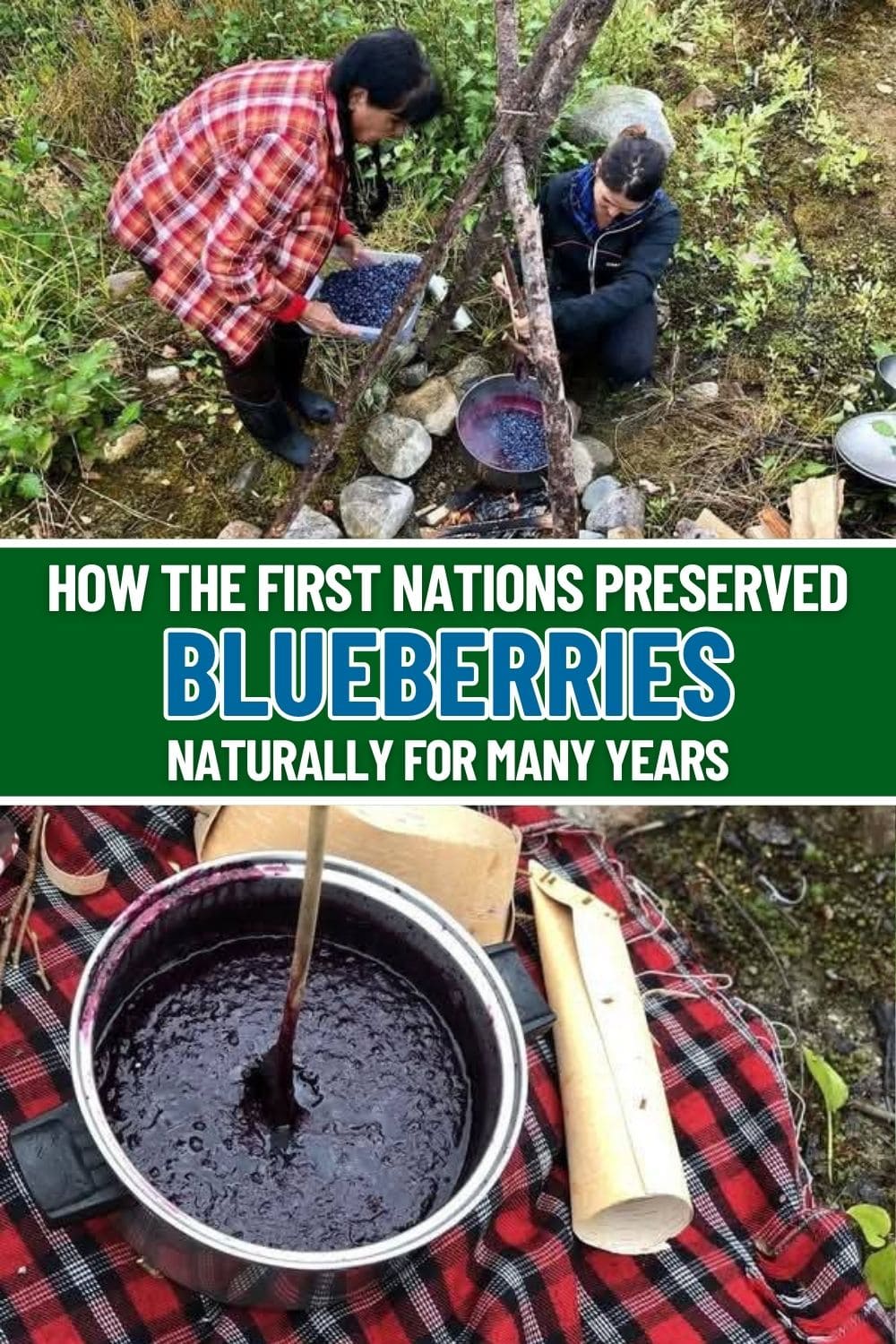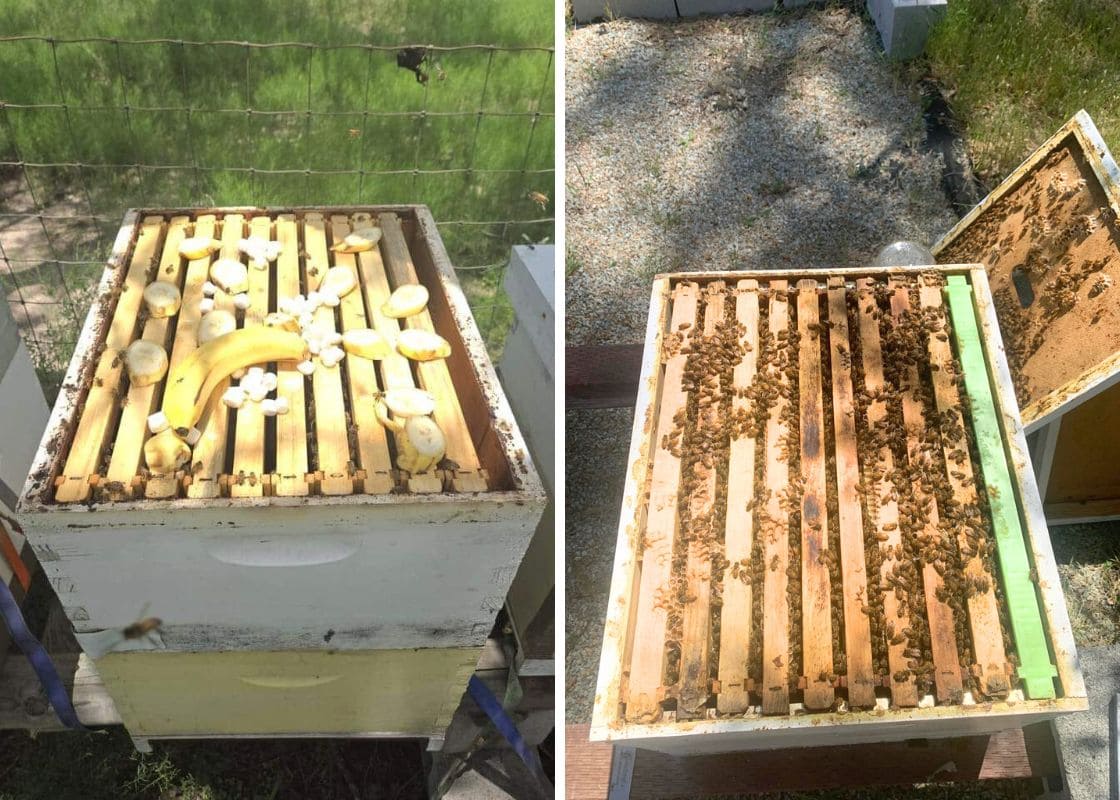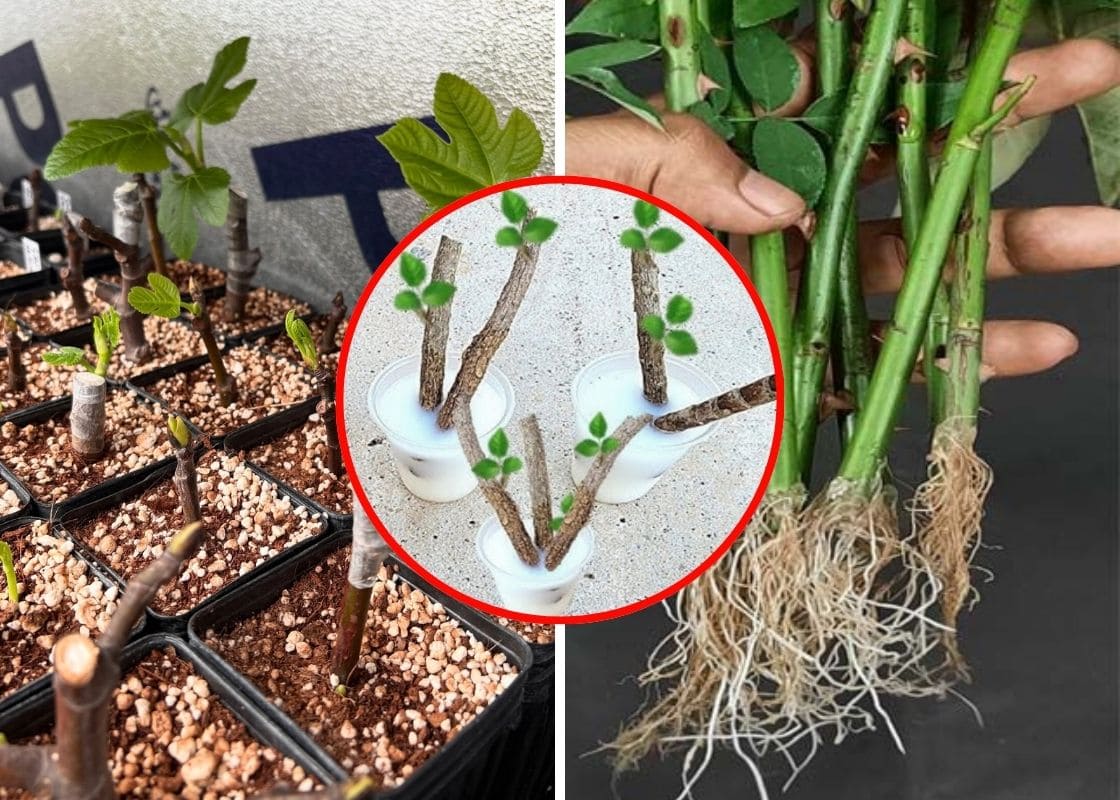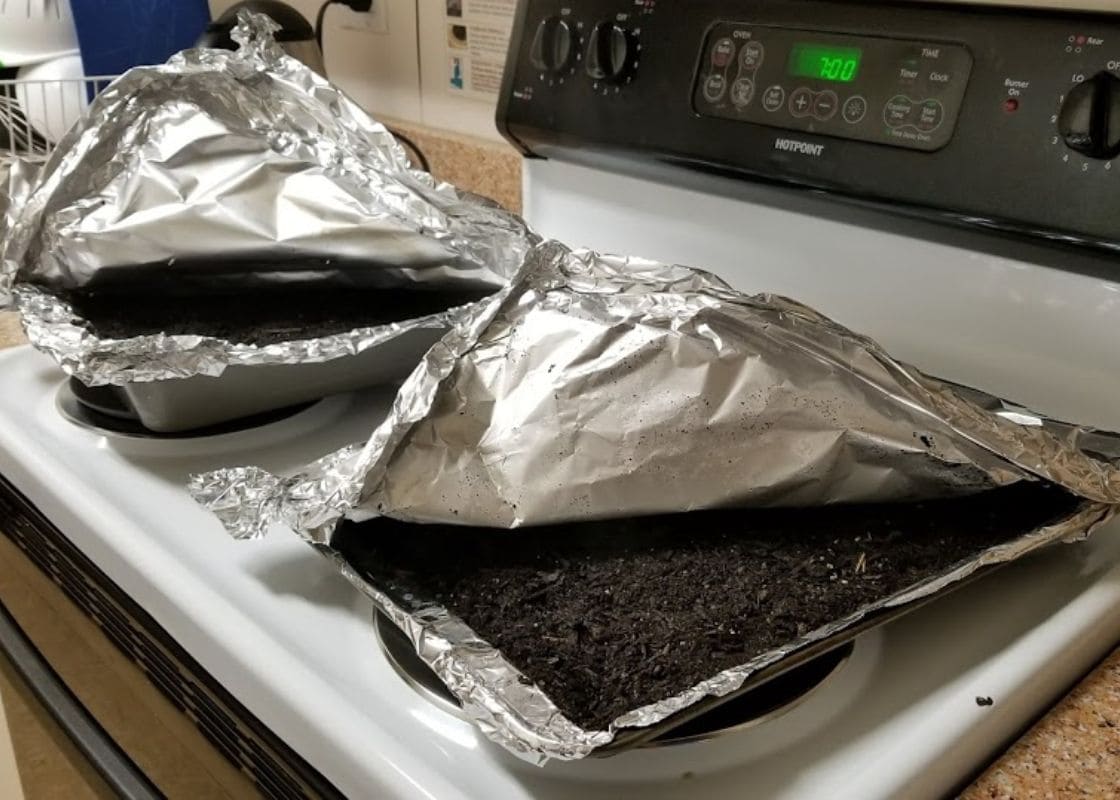Before modern canning jars or dehydrators ever existed, Indigenous peoples had already mastered ways to keep their harvests fresh through long, harsh winters.
Among the most remarkable is the First Nations’ method of preserving blueberries.
This is a process that turns fresh fruit into a rich, long-lasting paste using only fire, water, and the sun.
How to Turn Blueberries into Paste
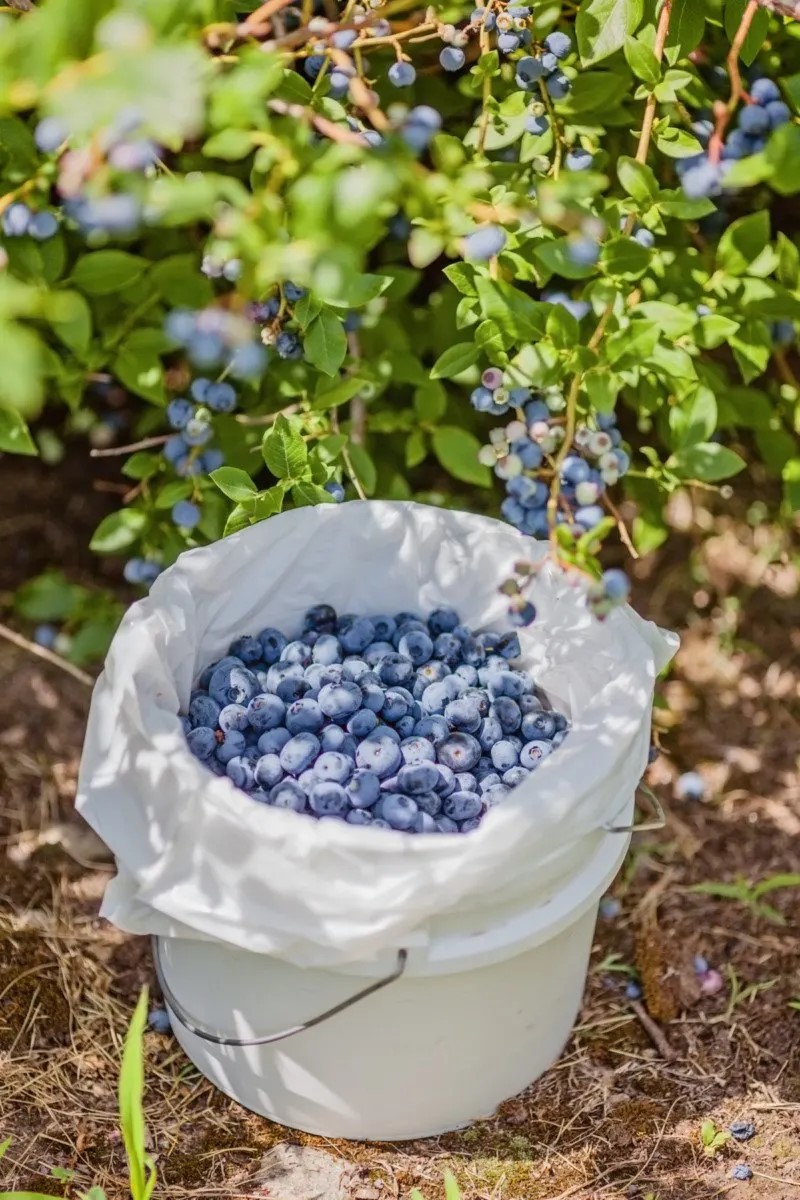
You’ll start with freshly gathered blueberries. The berries are placed into a pot and heated slowly over a small fire.
The temperature is kept low, and only a small amount of water is added, just enough to prevent burning.
The goal isn’t to cook them quickly but to gently coax out their natural sugars and juices.

Over the course of an hour or more, the berries begin to break down, releasing their deep purple color and thickening into a dense, glossy paste.
Stirring is constant and careful. Also, no sugar or additives are needed. The natural chemistry of the blueberries helps preserve them on its own.
As the moisture evaporates, what’s left is pure fruit essence: concentrated, flavorful, and built to last.
How to Dry Blueberries Under the Sun
Once the thick paste forms, you need to dry them. The First Nations traditionally used birch bark containers shaped like envelopes.
Birch bark is naturally resistant to moisture and mild bacterial growth, making it an ideal, biodegradable storage material.
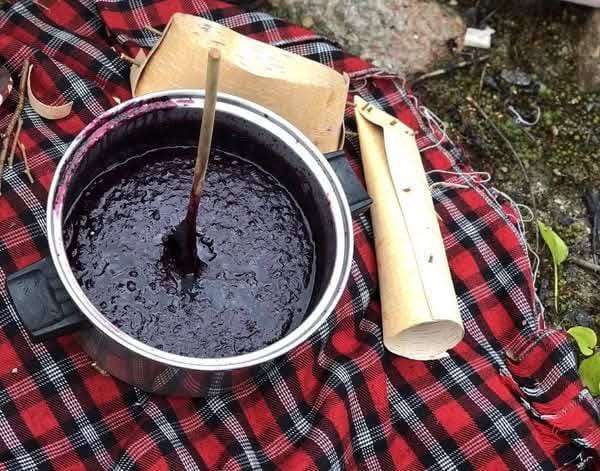
The blueberry paste is spread into these bark envelopes and then laid out under the sun to dry for several days.
In some regions, the paste was lightly smoked, not only to speed up the drying process but also to add a layer of preservation through the antimicrobial properties of wood smoke.
The result is a dense, leathery blueberry block that can last for years without refrigeration.
It keeps its deep color, intense flavor, and most importantly, its nutritional value.
During winter months, the paste could be rehydrated with water, added to stews, or mixed into bannock dough.
Hunters and travelers also carried it as a lightweight, energy-rich food source.
The Science Behind the Longevity
This ancient method works because it removes the key element that causes spoilage: moisture.
When water content drops low enough, bacteria and mold can’t thrive.
The natural sugars and acids in blueberries act as mild preservatives, and the slow heat process kills most microorganisms before drying begins.
Bonus, the combination of drying, acidity, and antioxidants makes blueberry paste incredibly shelf-stable.
Beyond Blueberries: A Universal Preservation Technique
While blueberries were commonly used, this preservation approach was applied to other northern berries like saskatoons, chokecherries, cranberries, and huckleberries.
These fruits shared the same balance of natural sugars and acids that allowed them to preserve well.
The only berry that didn’t work for this method was the strawberry, its high moisture and low acid content made it prone to spoilage.
This versatility shows how Indigenous communities adapted to their environments, learning which local foods could sustain them through long, cold months.
A Lesson in Sustainability and Simplicity
What makes this practice so inspiring is how completely it harmonizes with nature.
Every material used from the birch bark containers to the open fire came directly from the land, and nothing was wasted.
The First Nations’ approach to food wasn’t about convenience; it was about gratitude.
Preserving blueberries this way was both an act of nourishment and respect, a way to honor the harvest and ensure nothing spoiled.
Modern homesteaders, foragers, and off-grid enthusiasts can learn much from this: that food preservation doesn’t have to rely on electricity, machinery, or synthetic additives.
Sometimes, the old ways are still the best.
Bringing This Tradition Into Modern Homes
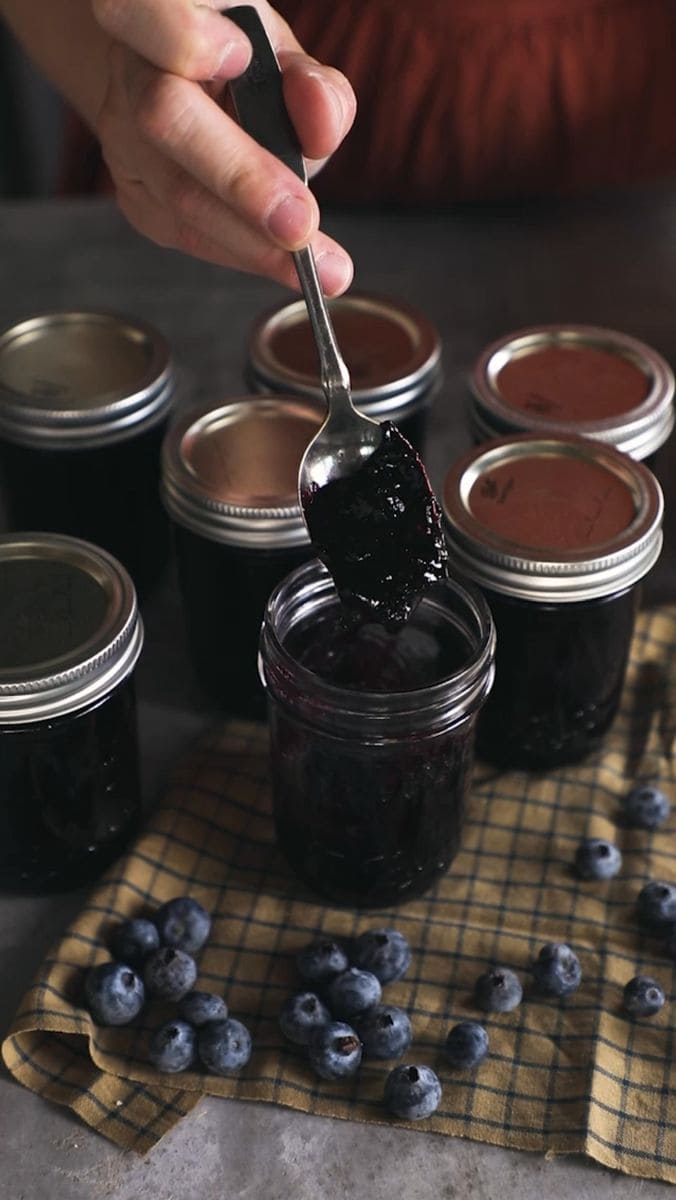
You can easily try this ancient method today with just a few adjustments for modern safety and convenience.
Simmer fresh or frozen blueberries in a heavy-bottomed pot over very low heat, adding small amounts of water as needed.
When the mixture thickens into a smooth paste, spread it thinly on parchment paper or dehydrator trays.
You can let it dry in a dehydrator, oven, or even outside in a screened area on sunny days.
Once firm, roll or cut it into sheets and store in airtight containers.
See more: Why Pine Needles Are the Best Mulch for Blueberries
